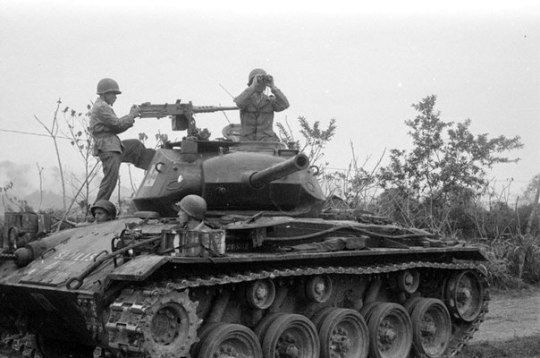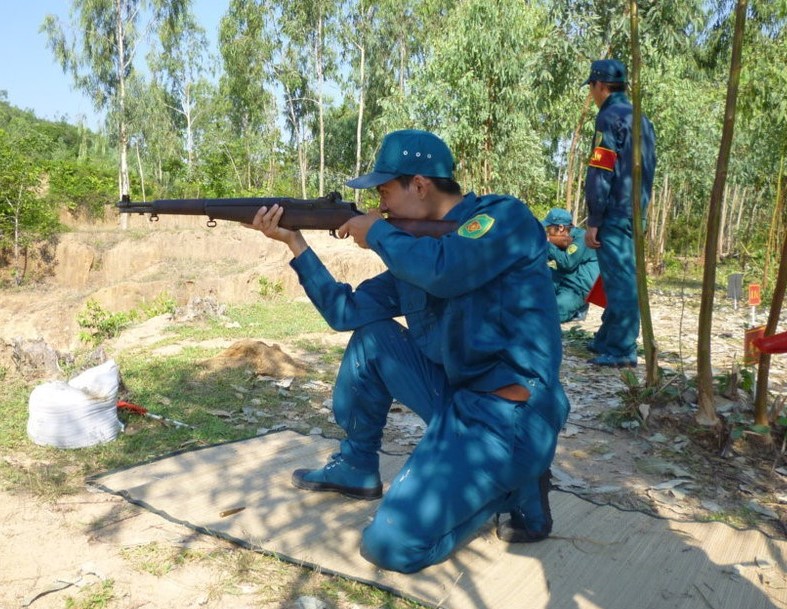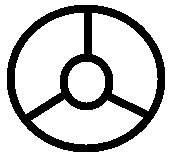The guns arming WWII warplanes were usually of limited general interest, just a component of the overall aircraft and leaving service with the planes they were installed in. Germany’s MG 151 on the other hand, had an extremely long and varied career after WWII, being used in any number of roles in the air, on the ground, and even on the sea; all around the world for many decades.

(MG 151 being serviced on a Luftwaffe fighter during WWII.)

(French MG 151 crew on a “Pirate”, or up-gunned H-34 Choctaw, during the Algerian War.) (photo via tenes.info website)

(Image from a 1980s South African VHS video promoting Vektor’s helicopter mount of the MG 151.)








 (A French air force AAC.1 Toucan – the post-WWII French copy of the Ju-52 – flies over a burning Vietnamese jungle during the Indochina War.)
(A French air force AAC.1 Toucan – the post-WWII French copy of the Ju-52 – flies over a burning Vietnamese jungle during the Indochina War.)









